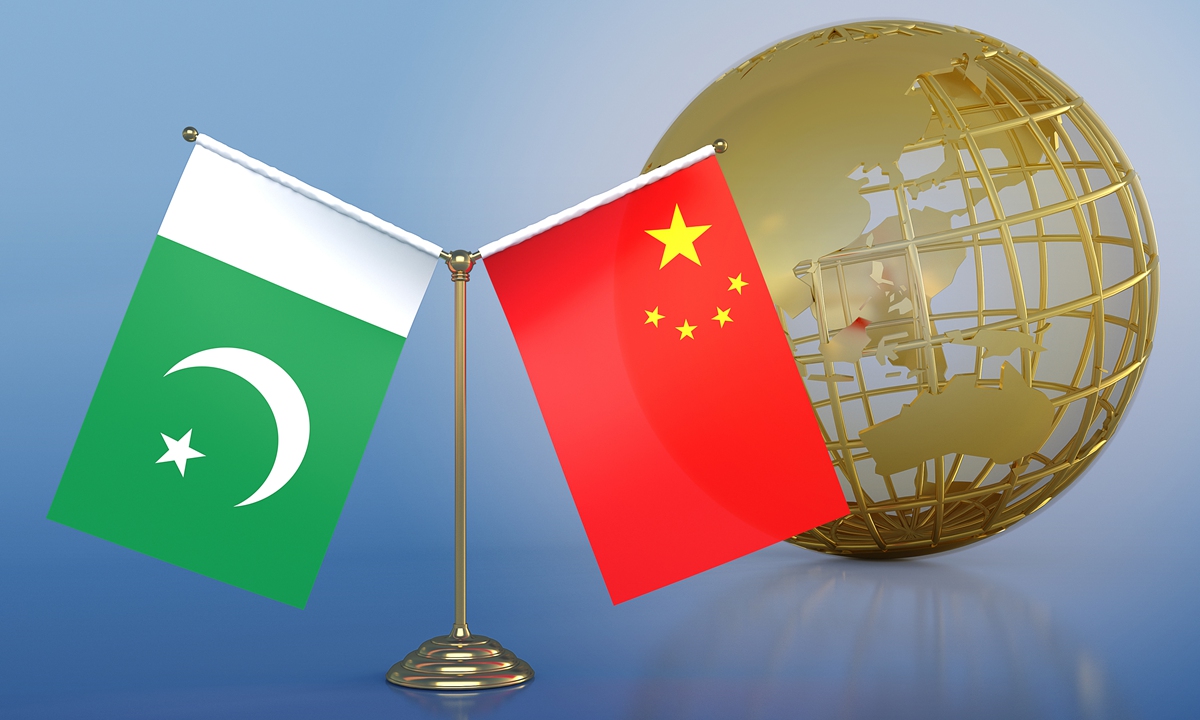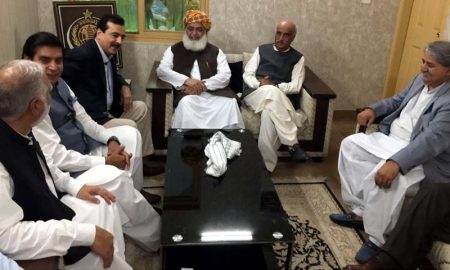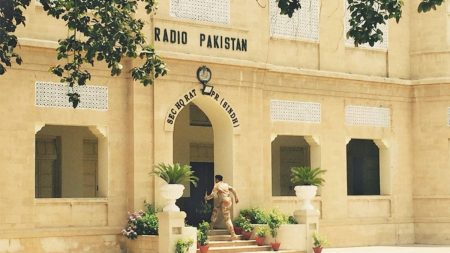Pakistan and China have affirmed their commitment to expedite progress on significant connectivity projects and enhance cooperation across various sectors, Pakistan’s Foreign Office announced on Friday. This resolution came during the ongoing visit of Pakistan’s Deputy Prime Minister, Ishaq Dar, to China, where he held discussions with Chinese Foreign Minister Wang Yi and other high-ranking officials.
In recent years, Beijing has been a steadfast ally of Islamabad, investing over $65 billion in energy and infrastructure projects under the China-Pakistan Economic Corridor (CPEC). This initiative, a part of President Xi Jinping’s Belt and Road Initiative, aims to establish a network of roads, railways, pipelines, and ports in Pakistan to connect China to the Arabian Sea, thereby facilitating economic expansion and modernization in Pakistan.
According to Mumtaz Zahra Baloch, a spokesperson for Pakistan’s Foreign Office, the two countries have agreed to enhance CPEC by developing growth, livelihood, innovation, and green corridors, aligning them with Pakistan’s development agenda. Additionally, they plan to accelerate key connectivity projects such as the ML-1 upgrade, Gwadar port development, and realignment of KKH phase-2, while also strengthening collaboration in agriculture, industrial parks, mining, and information technology.
The ML-1 project, valued at $6.8 billion, aims to upgrade and dualize the existing railway track from Karachi to Peshawar, while the Gwadar port plays a pivotal role in the CPEC framework.
Amid Pakistan’s recent efforts to attract foreign investment, Prime Minister Shehbaz Sharif’s office disclosed that the premier invited Chinese research and investment firm MCC Tongsin Resources to invest in Pakistan’s mining sector, ensuring maximum facilitation. Sharif emphasized the government’s priority to boost foreign investment and enhance exports by facilitating mineral extraction, processing, and export.
Sharif has pledged to address Pakistan’s macroeconomic challenges through foreign investment and efficient economic management.









